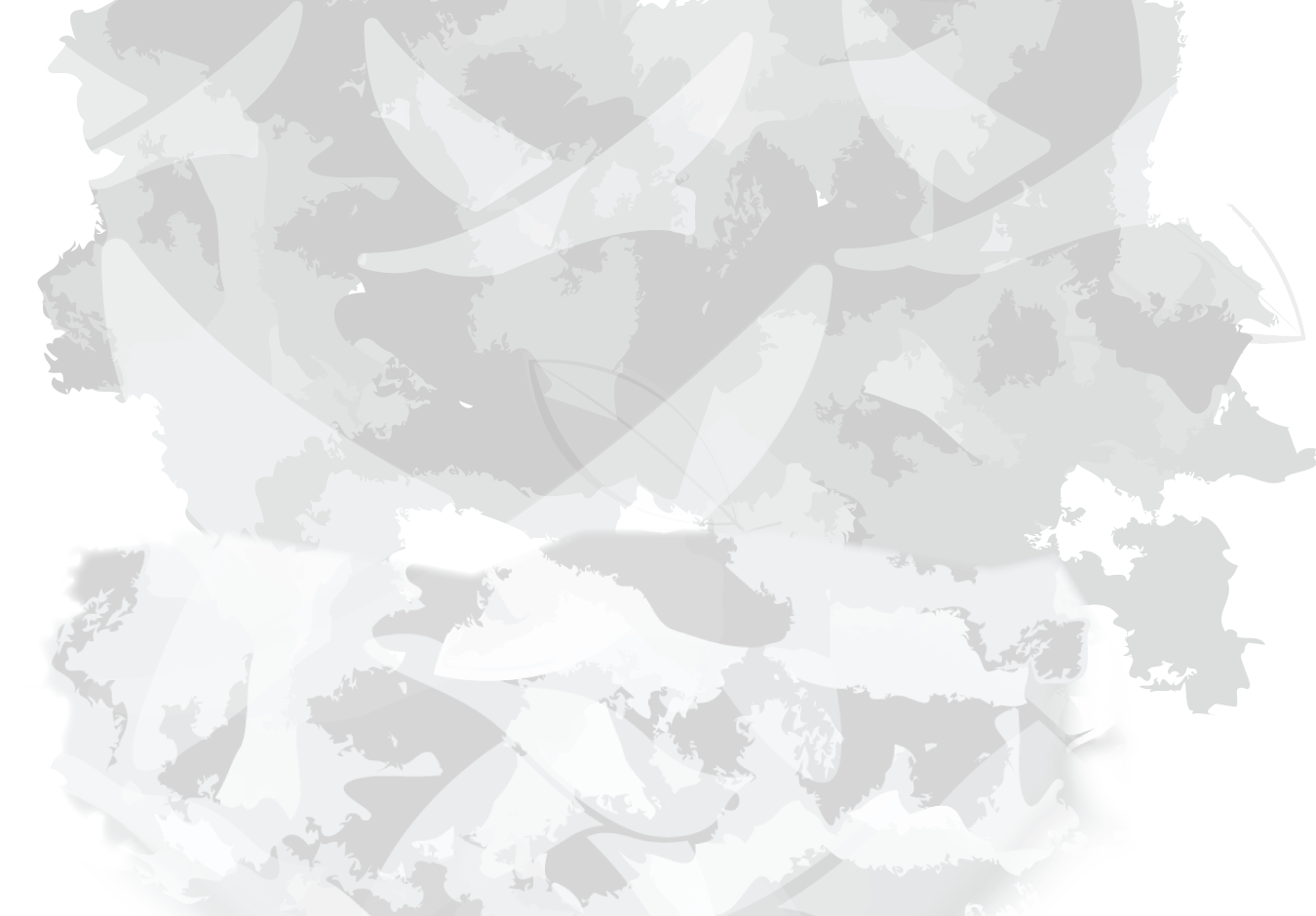Suet
Suet is a popular food source for many birds. Woodpeckers, Chickadees and Nuthatches are favorite visitors to suet feeders. Suet provides high energy for birds.
Commercially produced suet doughs (no melt) can be placed outside all year long and will not melt during hot weather. Regular suet can be used in colder winter climates.
Suet is the hard white fat found around the kidneys and liver. Deer fat and other fat sources can also be used. This fat is rendered and then formed into suet “cakes.” Fruits, nuts, seeds and insects can be added. Suet cakes are usually hung from tree branches or poles in nets or regular wire suet cake holders. As a general rule, suet should be used as a supplemental food since it is very low in protein, vitamins and minerals.
While many people often focus on “low fat” diets, wild birds are just the opposite. They need very high levels of fat to survive. Wild birds have high body temperatures and use fat in a manner similar to the way a heat pump operates. Fat is used to produce heat during the winter and is used to produce energy and burn off heat in the summer months.
Insects
Many of the most desirable birds such as Bluebirds prefer insects as their primary food source. These birds also eat fruit. Mealworms are available for feeding outdoor birds. They can be fed on the ground or in low platform feeders or feeding dishes. Several suet cake products also now contain insects.
Nuts
The meats of nuts are very attractive food sources for birds. Woodpeckers, Jays, Cardinals and other birds readily eat nutmeats. In addition, many insect-eating birds will readily consume these nutmeats because they resemble insects in their appeal. Nutmeats also contain high levels of vitamins, minerals, fat and protein often lacking in seeds. Better Bird™ products such as
